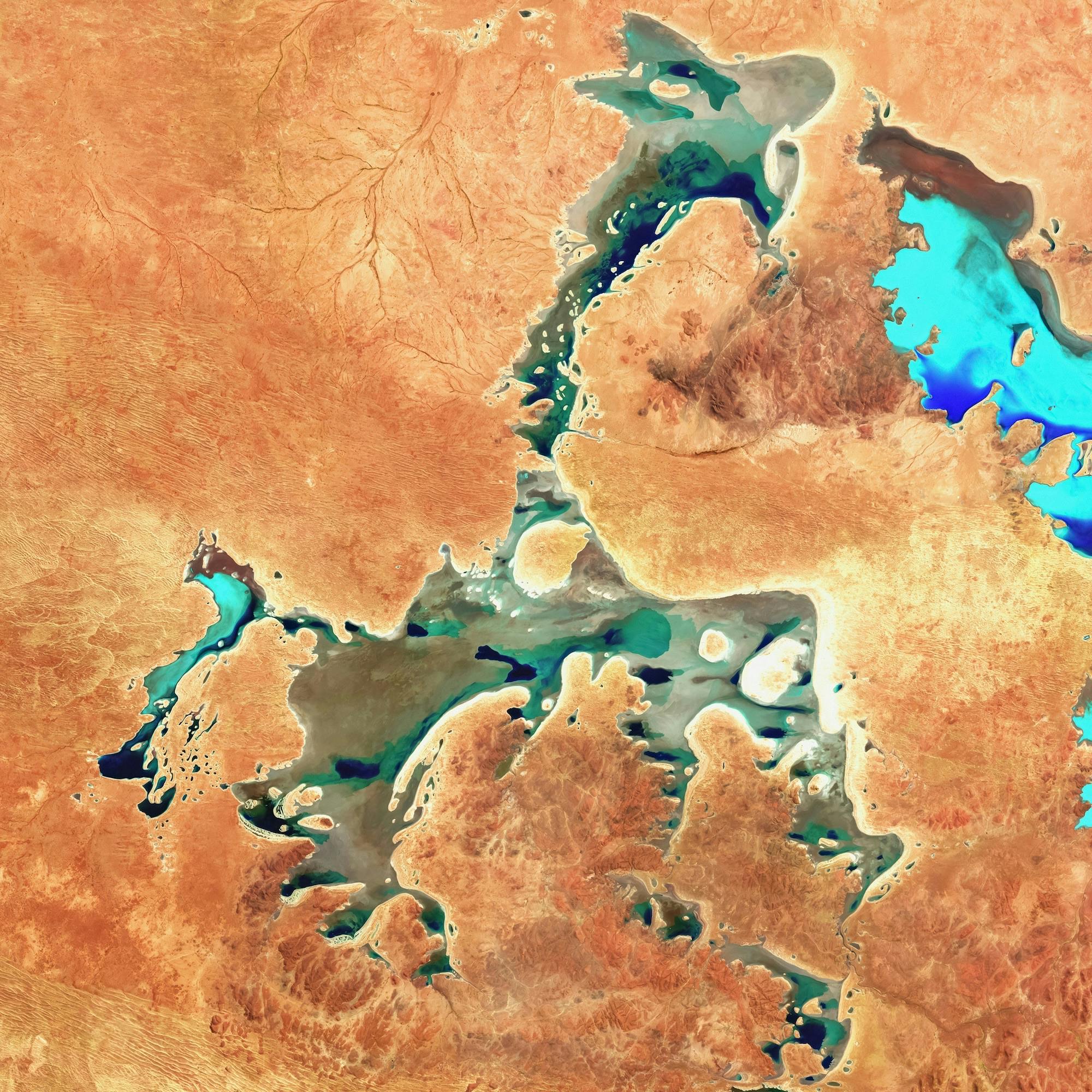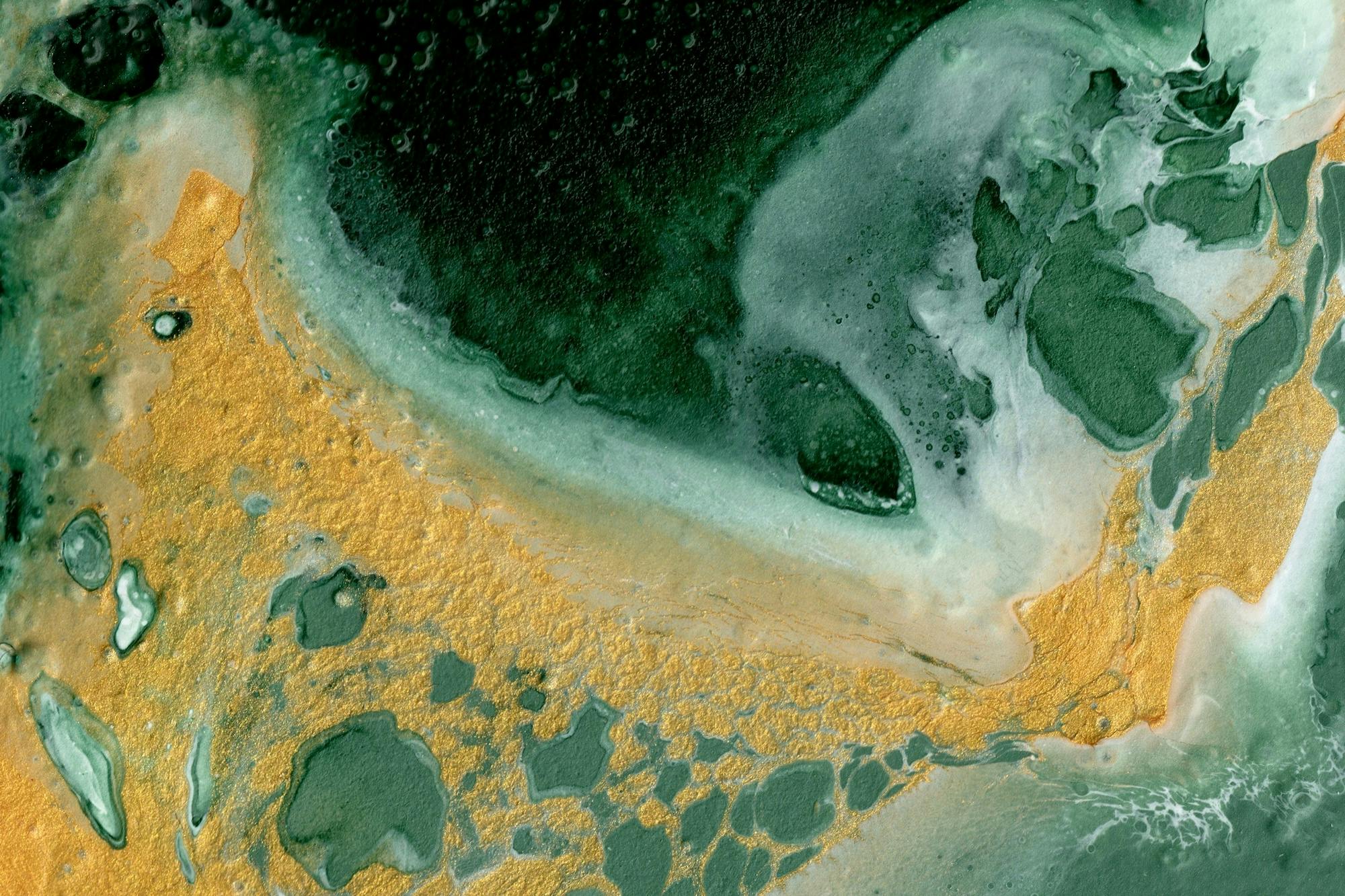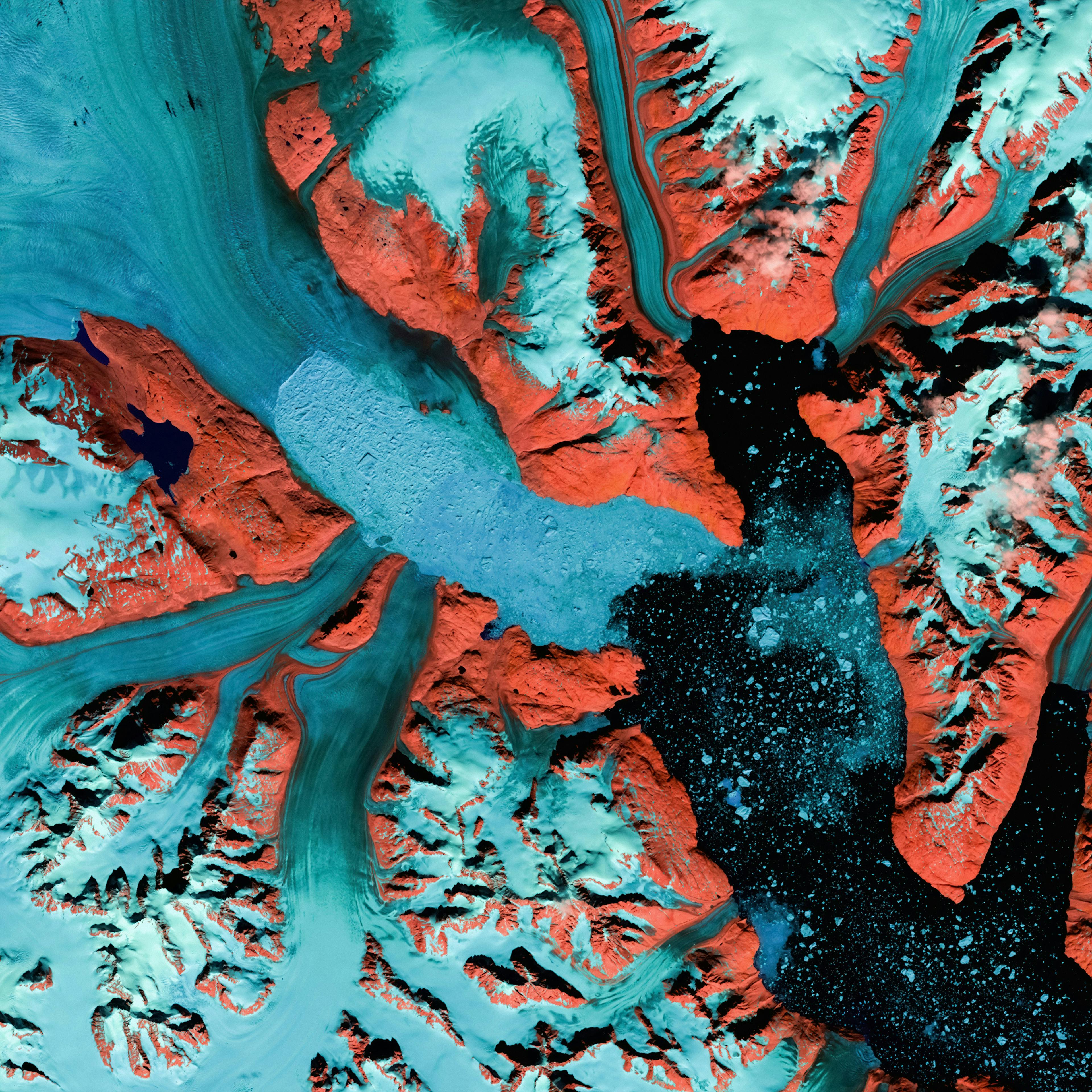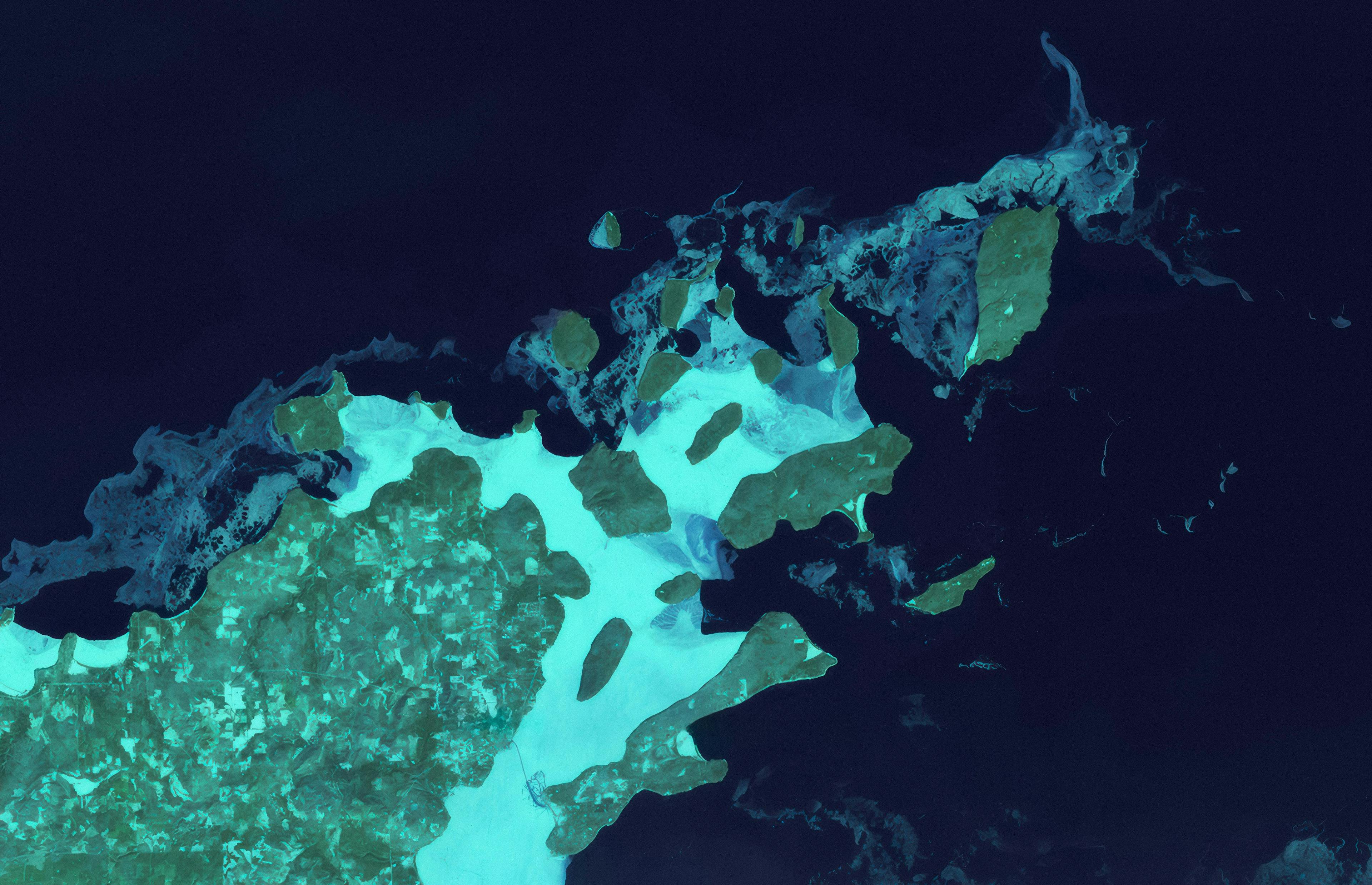
Creating with AI: Challenges and Opportunities

The art world has always thrived on innovation and experimentation. The rise of AI art generators has sparked a revolution in creative expression, but also a crisis in attribution. When you type a prompt into Midjourney or DALL-E and get back a stunning piece of artwork, who owns it? The answer is more complex than you might think.
The Copyright Conundrum
Under current copyright laws both in Europe and in the U.S., AI-generated works exist in a legal gray area that’s becoming increasingly problematic. The U.S. Copyright Office has taken a clear stance: works must be created by humans to be copyrightable. But in the age of AI art generators, what constitutes human creation?
Consider the creative chain of an AI artwork: It begins with the AI companies who built and trained the models, extends through the artists whose works were used in training data, involves prompt engineers who craft detailed instructions, and ends with users who iterate and refine the outputs. Each step involves human creativity — yet none fits neatly into traditional copyright frameworks.
The stakes are real
This isn’t just a theoretical debate: recent legal challenges have highlighted these tensions. Getty Images has banned AI-generated content over copyright concerns. Artists are filing lawsuits against companies like Stability AI and Midjourney for unauthorized use of their work in training data. Millions of dollars and countless creative careers hang in the balance.
The future of AI art ownership will likely require new legal frameworks and technical solutions. Some argue that AI art should be public domain. Others advocate for new hybrid rights frameworks. What’s clear is that our current system wasn’t built for this reality. Until then, creators must navigate these waters carefully.
Best practices for the generative AI era
As generative AI tools continue to evolve, it’s essential for artists to adopt best practices that acknowledge the changing landscape of ownership and creativity. Here are some guidelines to guide them in this brave new world:
- Documenting the process: Maintaining detailed records of the creative process, including prompts, iterations, and any human inputs or decisions made along the way. This will help establish a paper trail for future legal and intellectual property disputes.
- Being transparent about AI use: When sharing artworks online or in exhibitions, it is crucial to be open about the role AI played in these artistic creations. This transparency can help prevent misunderstandings and misattributions down the line.
- Hybrid licensing models: Hybrid licensing models that acknowledge both human and AI contributions can provide a clear framework for future collaborations, commissions, or commercial uses.
- Focus on building an unique artistic vision: Rather than relying solely on AI capabilities, artists should focus on building their unique artistic vision and voice. This will help them stand out in a crowded digital landscape and ensure that their human touch is preserved.
- Collaboration with AI Developers: As the art world continues to evolve, artists could consider collaborating with AI developers to shape the future of creative tools. By working together, artists and engineers can help create more effective and artist-friendly technologies that benefit everyone involved.
Looking Forward
The solution to this ownership crisis won’t come from forcing AI art into existing legal frameworks. Instead, governments and industries must work together to develop new laws and regulations that address the unique challenges and opportunities presented by AI-generated content. In particular, as AI-generated content becomes more prevalent, we need new paradigms that recognize the collaborative nature of human-AI creation, creating hybrid ownership models that acknowledge both human and AI contributions. This could involve new forms of licensing agreements or revenue-sharing structures intended to protect the rights of all stakeholders in the creative process.
Yet, to ensure that these new legal frameworks properly account for the interests of all relevant stakeholders, it’s essential that artists, AI developers, lawyers, and policymakers come together to discuss the implications of AI-generated art. Besides, as AI becomes increasingly integrated into creative processes, it’s crucial that educators and trainers provide students with the skills and knowledge they need to succeed in this new landscape. By sharing knowledge and best practices for embracing the challenges and opportunities presented by AI-generated art, we can create a more collaborative and innovative ecosystem with a promise of a brighter future for all stakeholders involved.



